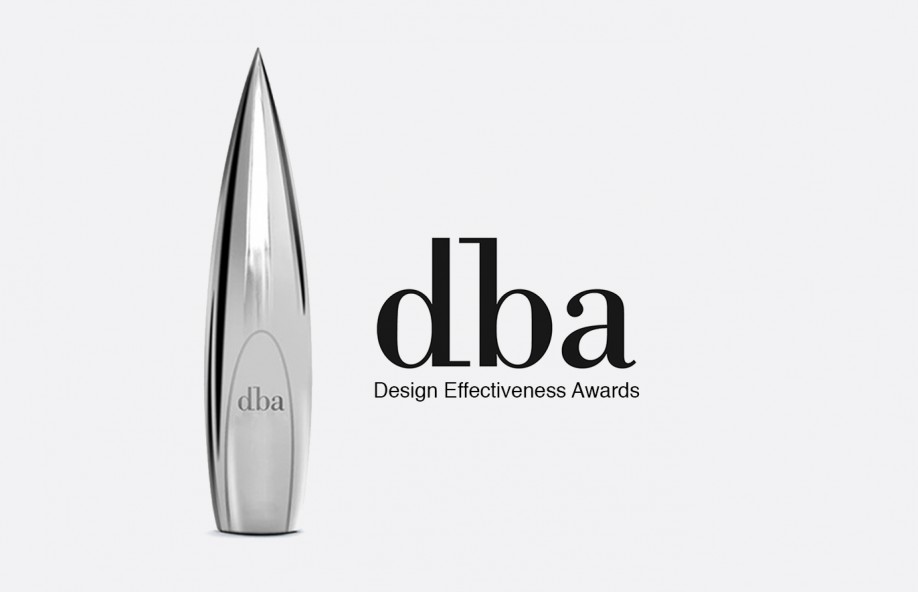Plastic still has merit in product design. This sentiment is becoming increasingly debatable as plastic is faced with increased condemnation for its contribution to landfill. Yet, the recent Grand Prix winner of the DBA’s 2019 Design Effectiveness Award was a low cost plastic toothbrush, giving reason to believe that plastic might not be all bad.

Design Effectiveness Award source: twitter.com
The Sensodyne Daily Care toothbrush was designed to target low income earners in the Indian market. This addressed the fact that 37% of Indian consumers saw pricing as a barrier to accessing sensitive oral care options. By using less material and designing a lighter product, the Daily Care toothbrush can be purchased for around 30 Rupees, or 62 Australian cents.
The ability to sell the toothbrush at such a low cost relies on the use of 45% less material and hollowing out the back of the product. This brings the weight of the toothbrush to 9.4 grams, compared to the 17 gram industry standard and makes the production cycle 37% faster, all without compromise to the quality. This resulted in a 17% increase in distribution outlets, proving to be of great financial benefit to the company.

Sensodyne toothbrush in stores source: effectivedesign.org.uk
The process of ‘light-weighting’ products has also been seen at Woolworths in South Australia, Sydney and Queensland, where changing the design of the 3L milk bottles has allowed them to be manufactured using less plastic. While there is a financial benefit, this change was primarily driven by environmental considerations, noted to have removed nearly 400 tonnes of plastic from circulation per year. So, while plastic may have its downfalls when considering it’s environmental impact, there is an increasing effort being made to lessen the existing damage.
Achieving bigger changes towards sustainable and environmentally conscious consumption involves gradual steps in the right direction, as well as demand and drive from consumers. It seems worthwhile to acknowledged that at this point, plastic is still a practical necessity in industrial design. With that being the case, it is encouraging to see it being used in more efficient and conscious ways.
As product designers, we are always considering ways to change how we manufacture products so that we can provide the best solution for our clients. Achieving this takes thoughtful, innovative product design that balances practicality with an eco - conscious ideology. If you have any projects that require this type of thinking you can call our Melbourne office on: 9939 8880 or email us at hello@honepd.com.